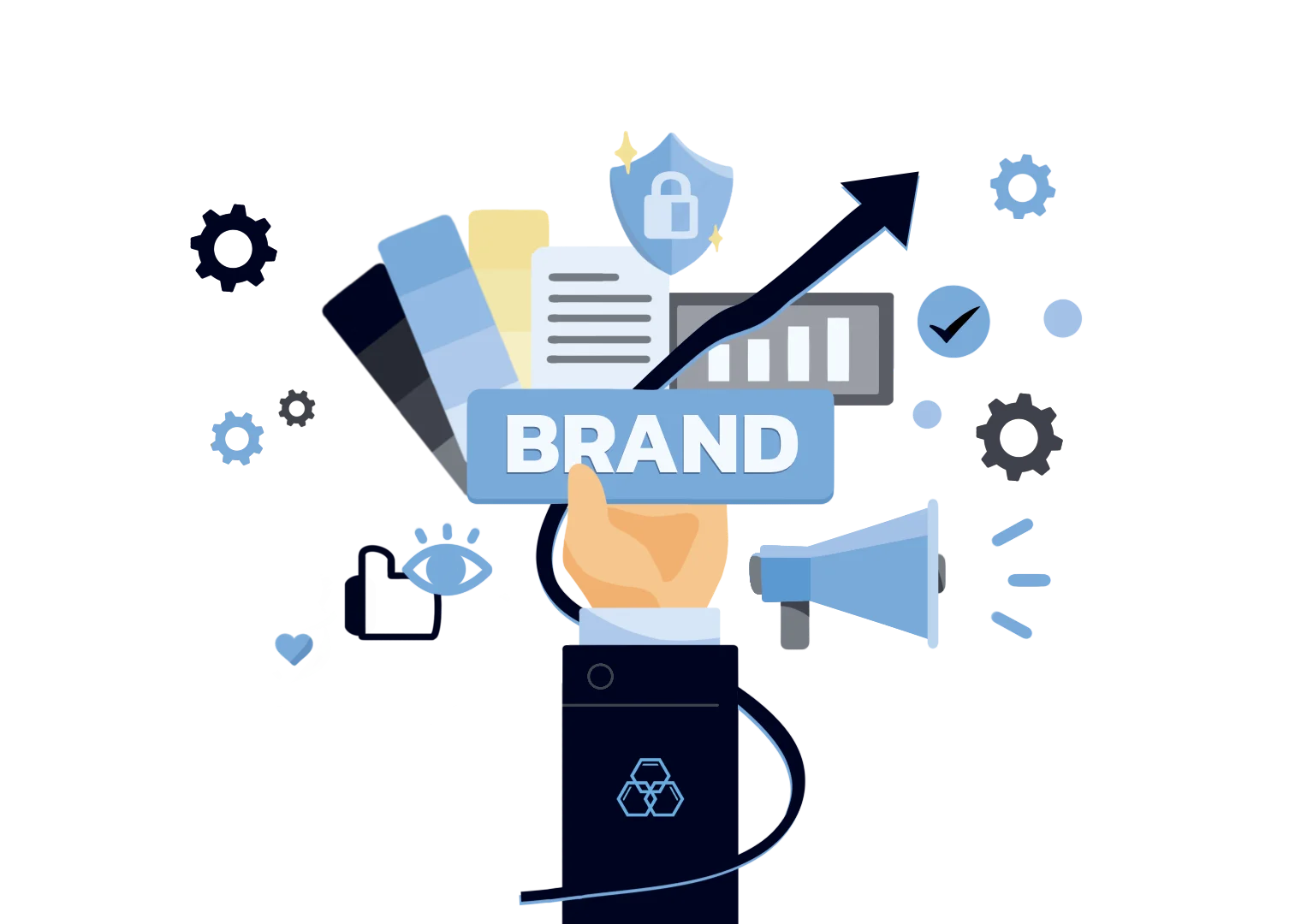Building a successful brand is more than just making up a catchy slogan and unique logos. It is a whole process of research, timed execution, and consistent messaging for your branding. But building a brand is a good investment that could take your growth to new heights.
When done correctly.
Moreover, building a brand strategy isn’t just for the products or services; you could also brand your company and yourself as an employer as well.
This is why successful companies refer to branding experts to handle this, as it would take time and effort away from other critical aspects of running a successful business, which executives should focus on.
If you're struggling to build your brand on your own, don’t worry - this guide covers everything you need to know to brand your business effectively.
Let’s get started!
What is a Brand Anyway?
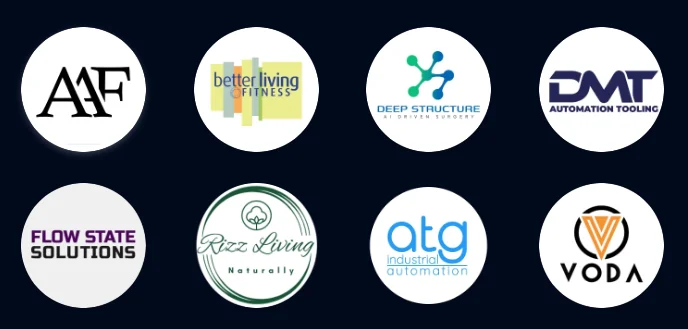
If you hear the word ‘brand’, you see yourself imagining the logos, the mottos, and the mojos in how businesses present themselves. A brand can manifest through visual presentation or in your communication. While it is expected that we associate the brand with the products or services themselves, a brand can also be introduced in some things, like:
- Employer Brand - branding yourself as a business owner.
- Personal Brand - branding yourself as an individual.
- Retail Brand - branding a physical establishment/store.
- Corporate Brand - branding the workplace.
- Cultural/Geographical Brand - branding business with adjacency to a culture or geography.
- Online Brand - branding your online presence.
Choosing what you want to focus on is the initial process of building your brand as it serves as the framework for the following strategies. Companies can do branding in many aspects, but the key factor in doing so is consistency.
For example, an e-commerce brand ASOS states in its mission statement that it aims to ‘become the world’s number one destination for fashion-loving 20-somethings’.’ Thus, its social media content conveys youthful and engaging themes and messages to attract younger audiences.
Why is it Important to Brand your Business?

All business owners have the opportunity to build their own brand, often unintentionally. For example, simply posting a video blog about your B2B business on your social media platforms already imparts a brand to it - people may see how you present yourself: whether you are professional or casual, whether you exude a personality knowledgeable about their B2B industry or not. If left unmanaged, this could leave a lasting mark that could potentially damage the company's image.
Here are other reasons why successful companies invest in branding their business:
Stand Out and Get More Recognition
.webp)
One of the defining goals of branding your business is to be a recognizable brand identity against your competition. Branding experts look for an aspect of your business that sets you apart from the market, capitalize on it, and build a brand around it.
It could come from how you present your product, services, or the company itself. Clients’ purchasing decisions rely on how trustworthy you are to deliver their expectations and keep true to the values associated with your brand.
Increase Client Loyalty

Building trust in your market is a significant effort, and it takes a one-of-a-kind customer experience and consistency to create an emotional attachment between the customers and brands.
Loyal customers are also willing to share their wonderful experiences with their friends and relatives, which reduces your marketing campaign costs, as you have yourself a set of voluntary marketers and referrals, which then creates more loyal customers, thus snowballing your business growth.
Recruit and Retain Employees
.png)
Branding your business doesn’t just save marketing costs, it also reduces your recruitment costs, and a higher salary, for seeking skilled job seekers. According to LinkedIn statistics, more than half of qualified candidates are more likely to choose companies with strong employer branding even without a higher salary. Top-tier talents do their research before applying, and their expertise gives them more options; thus, what they seek in a working environment are things like learning opportunities, career development, a pleasant working environment, and a good work-life balance.
Moreover, company branding also gives an image of the employees to be proud of. High morale in the workplace directly translates to better productivity.
How to Brand Your Business Effectively?

Research and Identify your Target Audience
A powerful way to start your brand strategy is to identify your target customers. You can set your scope to as many potential customers as possible, but doing so incurs a huge investment, and could often turn into a net loss.
This is especially crucial for start-ups: you must pinpoint a certain group of people who are most likely going to be your repeat customers and most likely to be loyal to your brand.
Doing so allows you to save costs in your marketing campaign and marketing materials, and also guarantees ROI. You can specify your target audience a bit more by creating a customer persona: an idealized person who is most likely going to purchase your product or services. Customer personas have the following characteristics:
- Who they are - Not only does it include demographic details like age, gender, and location, but it also includes their interest, purchasing power, lifestyle, etc. You can focus on location if you want to build your brand out of convenience and accessibility. You can focus on age if you want your distinct brand voice to communicate effectively to a certain age demographic.
- Their biggest problem - Supply is created to fill a demand. Target their specific desires and issues, and try to see if you can create a solution for them. You can also start by building your customer persona out of yourself by identifying what frustrates you the most as a person, and see if there is a group of people out there that feel the same way just like you.
- Why they chose you over others - Expect that every niche already has a market that serves them. Branding experts look for a certain angle in your customer persona and target it to separate you from your competitors. Certain aspects of branding your business can range from specific advocacy, exceptional customer experience, and free services - all depending on what the customer persona is looking for.
You can also apply these factors to identify your employee persona if you're building your employer brand.
Research for Market Trends
.webp)
If you are stuck on brand-building and unsure where to start, gather insights by exploring market trends. These are some of the factors in checking the movement of the competitive market:
- If the existing customers already have established brands, they are loyal to.
- Factors that influence the purchasing decision of your target market.
- What makes up the market and its challenges?
- Unaddressed pain points that your product or service solve.
- How people see the pricing of your product and services.
Your market research depends on the business brand that you want to build. If it's effective product branding, the key analysis that you may want to do is to set up competitive research, compare yourself to others in the same industry, and see what guides your customers to purchase a product.
If you are setting up employer branding, a good way to start is by implementing employee surveys to see if there is consistency in the company values and branding of your company. If your focus is on retail branding, offline and online, a good way to refine your branding strategy is to ask for customer reviews when they visit your site or store.
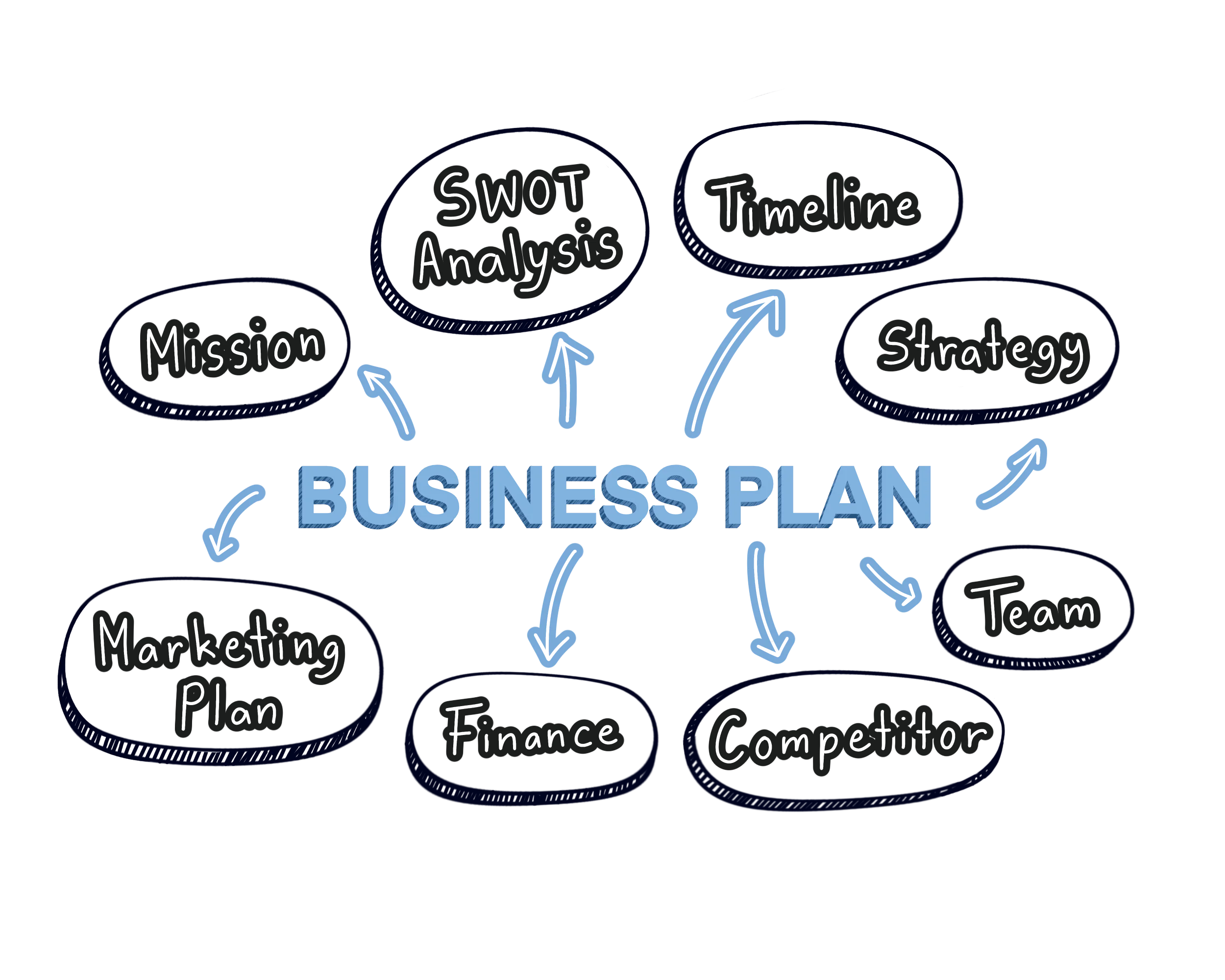
Set your Brand Mission and Core Values
A strong brand is anchored on a powerful mission statement and core values. Defined by the analysis you’ve made from your buyer personas and market trends, you must also make a statement to the public about the core values that best embody your business brand identity. The brand positioning must be clear, simple, and direct to the point.
Here are the three types of core values that you have to make:
- Brand Mission - this is a statement of why your business exists in the first place. You can define what sets you apart from your competitors and what problems you seek to solve.
- Brand Vision - this is the statement of how you see the future of your company and the things that you have to accomplish over time.
- Brand Values - the set of standards that you impose and uphold to keep true and consistent with your brand mission and vision.
This serves as your framework for your decision-making in building your brand. If you have already set it up, the key point that you must commit to your brand guidelines is consistency.
As these values are what your customers expect, you don’t want them to feel alienated. However, trends may also compel you to rebrand your business, and this plan of action must be on the table. You also need to tell your market that you are willing to adapt and grow as a business.
Pick your Brand Focus and Brand Personality
Identifying your target customers, audience, and market trends is key to determining the specific customer need that you want to focus on. Creating a brand promise can save you time and money by helping you identify the core group most likely to be interested in your business brand.
You can start by creating your value proposition and incorporating this statement into your branding strategy. Determine which aspect should only be unique to your brand. You can start with specific products or services, advocating for movements, or learning opportunities that your employees can enjoy when they work with you.

Another thing to consider afterward is your brand personality. This must be the identifiable and relatable human image that serves as the front of your transactions and communication that you want to assert in branding your business. Different personalities serve different target markets, and identifying what makes you approachable, trustworthy, or professional is a key factor in branding your business.
Here are some examples of brand personalities that you can take note of:
- Sophisticated - this type of brand personality is common to avant-garde branding and mostly comes from fashion brands.
- Sincerity and Kindness - this type of brand personality is appropriate for a brand that stands with particular advocacy.
- Athletic - this type of brand personality is for brands that focus on outdoor lifestyles and sports.
- Professional - you can expect this type of brand voice from B2B companies that want to emanate an aura of trustworthiness, industry knowledge, and integrity.
- Humorous - brands that have a sense of humor mostly serve the general public. Casual, relatable, and youthful, this brand voice is often used on social media to connect with customers and show they're up-to-date on the latest memes and cultural trends.
Design your Brand Look
.webp)
A Brand’s visual identity is the first thing that people would recognize when you showcase your brand. It is the metaphor, the mascot, and the abstract concept that represent your value proposition properly. Creating a strong brand identity and look depends on your creativity, but it has to resonate well with the core values that you have asserted.
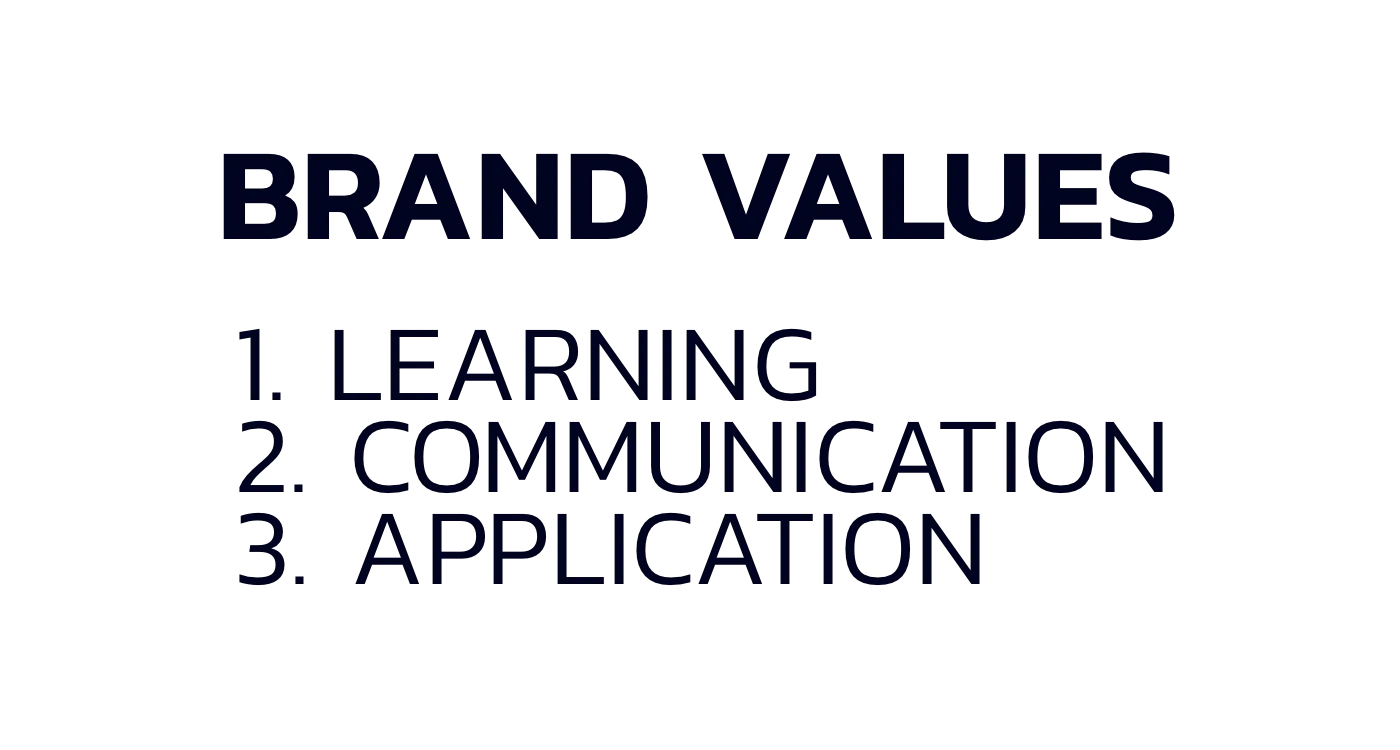
The first thing you can do is create a concept. What is the visual identity of your values? If you have particular advocacy, what is it? Is it environmental? Humanist? How about the lifestyles of your ideal customer - do they love hiking? Self-help? Is your target market a specific age? What about gender?

Once you’ve thought about your concept, create a mood board/brand style guide. Gather all the closest visual signifiers and think of something that unites them.
Do they have a consistent color profile (Trees, grass, rural mountains, etc.), metaphors (Lion for courage, an owl for wisdom, raccoon for cunning, etc.)? While color schemes and symbols aren’t exactly based on science, you can observe that they often present a consistent meaning. Creating a mood board can also be used to determine what fonts you want to use.
Creating a brand's logo is also important, and what type you use depends on how consistent it is with your core values. You can choose from these types of logo designs:
- Abstract symbol
- Lettermark
- Mascot
- Icon
- Wordmark
All your visual assets must also depend on a brand personality. But doing so must adhere to the company's core values.
Create a Brand Story
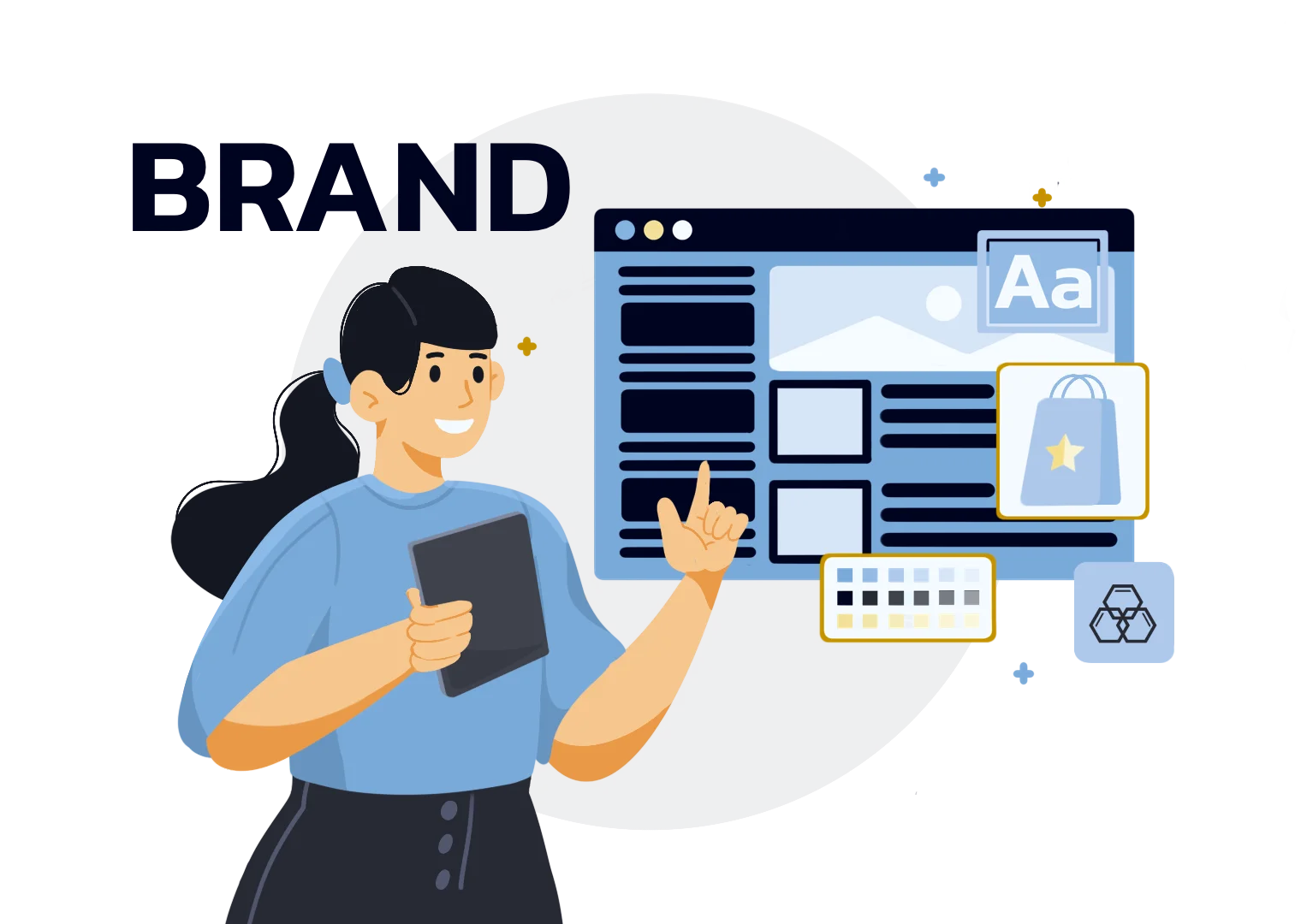
Every business has its own unique story that touches its brand identity. It is essentially the “why” of your company.
Here are some examples that you can use for your brand story:
- The inception of the company and the driving force behind building it.
- A relatable story of a problem that the business owner has faced before, and set themselves to solve it, not just for themselves but for their target audience.
- A customer’s special story about the product reflects the brand's promise.
- If you are rebranding, it could be a story on why you had to change.
- Your own story, you're own motivations, for personal branding
Remember, building the narrative of your brand's purpose must focus not only on profit but on your value as a brand. The bottom line for brand recognition is that you offer something unique and memorable to the market.
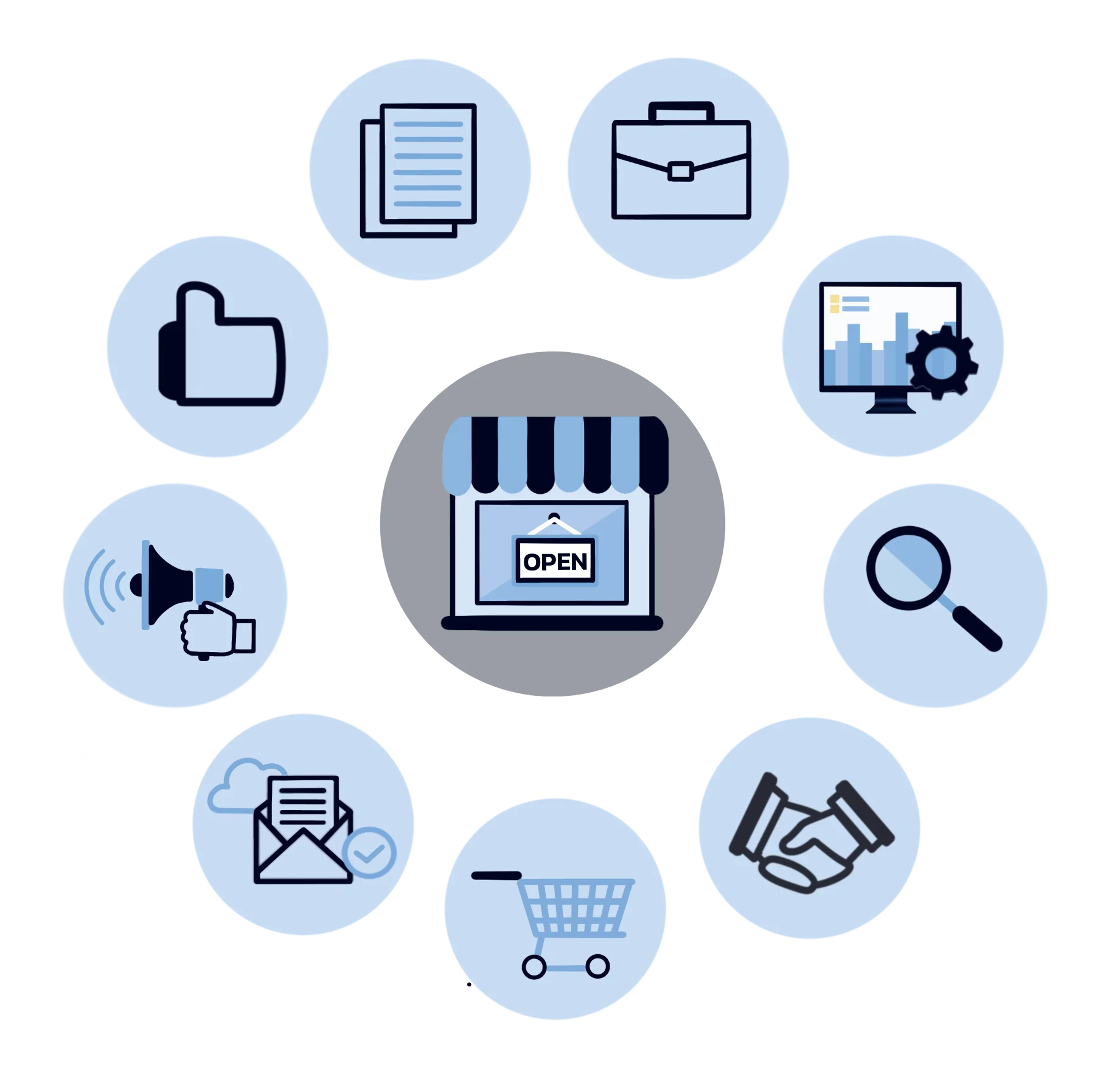
Integrate Your Brand across all your Business

A well-thought-out brand is meant to be shared. To establish your brand image, it is crucial that your brand logo is present on your website and your brand voice represents how you communicate your statement. Here are some other channels that you can leverage in showcasing your brand assets:
- Online store
- Social Media platforms
- Marketing campaigns
- Email marketing
- Corporate communication
Branding must be consistent
.webp)
Brand consistency is key to creating a strong brand. You must leave a memorable impression on your target audience. Your customers should know you based on the established brand identity in your consistent branding. When managing your brand, stay true to your brand style guide for your branding elements and marketing materials to increase brand awareness. When you are consistent with your branding, it builds familiarity and loyalty with your target audience.
FAQs
How do I make my business a brand?
Turning your business into a brand means creating a unique identity that customers can recognize, trust, and connect with. Start by defining your mission, values, and the problem your product or service solves. Create a distinct visual identity, including your logo, colors, and typography.
Develop a consistent tone of voice for all communications, from social media posts to email campaigns. Finally, deliver on your promises; consistency in quality and customer experience will strengthen your brand’s reputation over time.
How to brand a small business?
Branding a small business begins with knowing your audience and what sets you apart from competitors. Build a clear brand story that explains who you are, why you exist, and how you help your customers.
Design a professional logo and choose brand colors and fonts that reflect your personality. Be consistent across all your branding efforts, your website, social media, packaging, and even customer service. A strong brand for a small business relies on authenticity and building relationships that turn customers into loyal advocates.
Why is branding important to a business?
Branding is the perception people have of your business. Strong branding builds trust, creates recognition, and helps you stand out in a crowded market.
It allows you to charge premium prices, attract the right audience, and foster customer loyalty. Without effective branding, your business risks blending in with competitors and missing opportunities to make a lasting impression.
What is a brand strategy?
A brand strategy is a long-term plan for building and maintaining your brand’s identity, reputation, and connection with customers. It outlines your target audience, unique value proposition, messaging, visual identity, and how you’ll communicate your brand consistently across all platforms.
A strong brand strategy acts as a roadmap, ensuring every marketing and business decision supports your overall vision and strengthens your market position.
Final Thoughts
A successful brand marketing effort requires serious commitment, and the return on investment might take longer than you wish. This is something you should expect. But doing so not just showcases yourself with a unique identity, but also can save costs in your operations.
Invest in building your brand today! It is one of the key factors in business growth and savings. Let us know how Evolv can help you!
Also check out our resources and learn to start creating a powerful branding process today!





